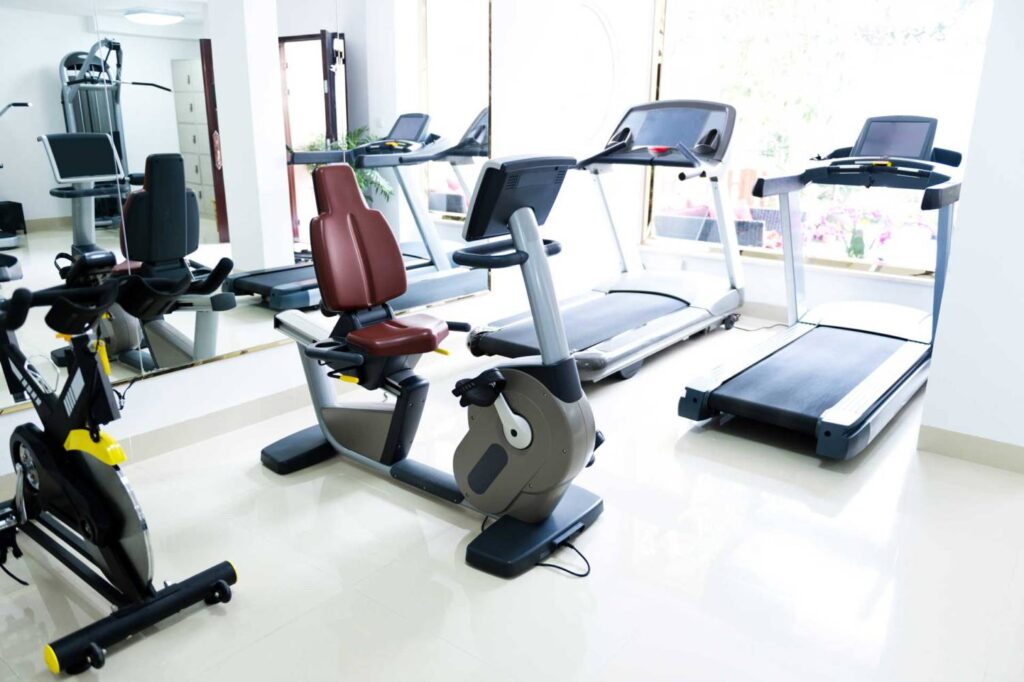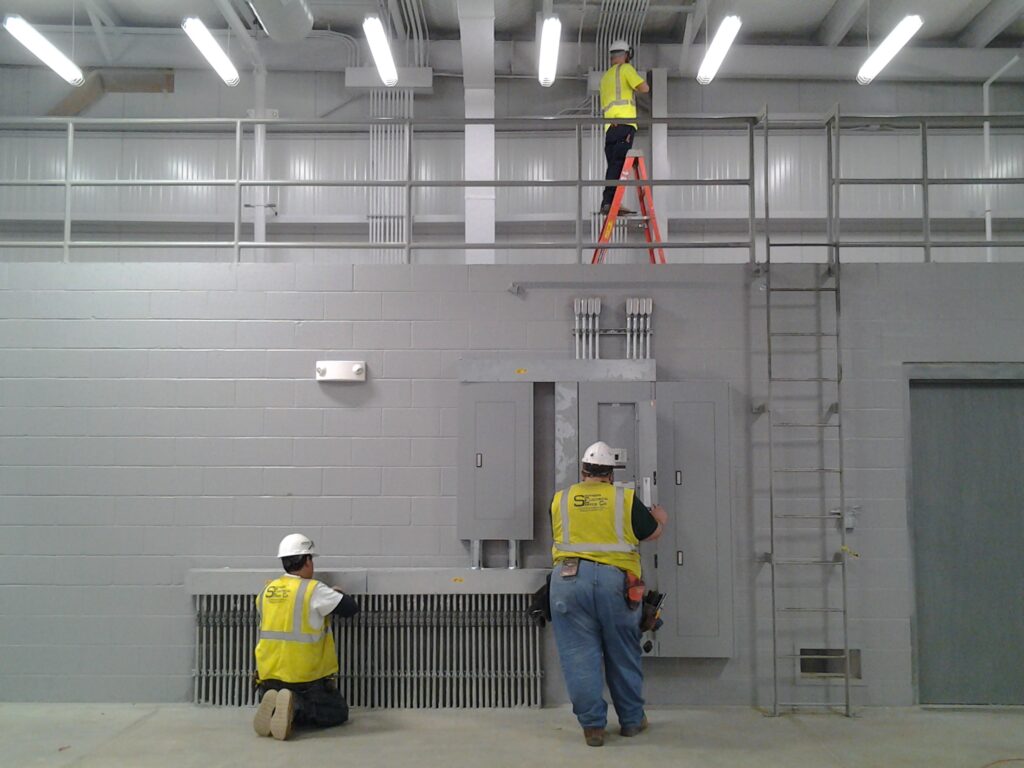It’s Only a Phase!
Have you heard the terms single phase and three phase electric wiring? If you’ve wondered what they are and how they affect your electrical wiring, wonder no longer.
Even if you never wondered, it’s always helpful to understand basic electrical concepts. Here’s a quick primer on the differences between the two types of electrical systems.
What Are These Phases?
Three-phase power and single-phase power are different ways to set up electrical systems. Most residences, small apartment buildings, and small businesses run on single-phase power.
Industrial operations such as factories, warehouses, and processing plants run on three-phase power. If you’re going to wire a home or a business, you need to set it up with the correct type of system.
What Is a Single Phase Electric Wiring System?
A single-phase setup requires two wires. One should be a conductor, and the other should be neutral. The conductor carries the current. The neutral wire returns it.
A single phase setup:
- Gets power from one source.
- It has a voltage of 230.
- Needs two wires to complete a circuit.
- It has a variable power supply that can drop to zero.
- It is less efficient than a three-phase system.
- Can power lights, small appliances, and most electronics.

The Three Phase System
The three phase electric wiring system has four wires. Three are conductors and one is neutral. You can set up a three-phase system as a single-phase one, but you can’t do the reverse.
The three phase electric wiring system:
- Gets power from three conductors.
- It has a voltage of 415.
- Needs four wires to complete a circuit.
- It is ideal for heavy commercial use.
- It has a continuous power supply.
- It is more economical than a single-phase setup.

Is There a Two-Phase System?
No, there isn’t. You only get one or three.
This is confusing because some larger home appliances run on 240 volts. How does a single-phase system run them?
In cases where you need 240 volts, both hot wires feed into the circuit. This double feeding is considered a “full phase circuit” because smaller appliances that run on 120 volts are only using one hot wire. This is why single-phase systems are sometimes called split-phase systems.
How Do You Know Which Type You Have?
Ask a professional electrician is always best, and here are two ways they might perform:
One is to open the box to see how many wires are inside the insulation. Remember that a single-phase system has two wires. A three-phase system has four.
Another way is to check your voltage. If you have a three-phase system, you will see readings of 120 volts between a hot wire and the ground wire. You’ll see 206 volts between two hot wires.
If your system is single-phase, you will measure 120 volts between a hot wire and ground wire. You will also see 240 volts between the two hot wires.
At SESCOS, Our Phasers Are Set
We hope you’ve enjoyed learning about phases and circuits.
At SESCOS, we work with electrical systems of all types and sizes. Our clients include local residents, small businesses and large commercial operations. Contact us if you need to install a ceiling fan, a parking lot light or a standby generator for your industrial plant. Whether you live or work in Leesburg, Reston, or Winchester, you can count on SESCOS for all your electrical needs.